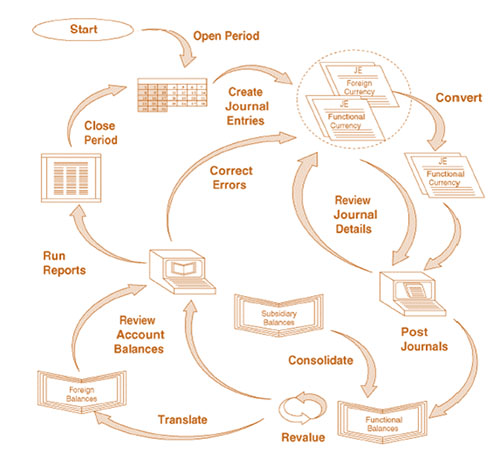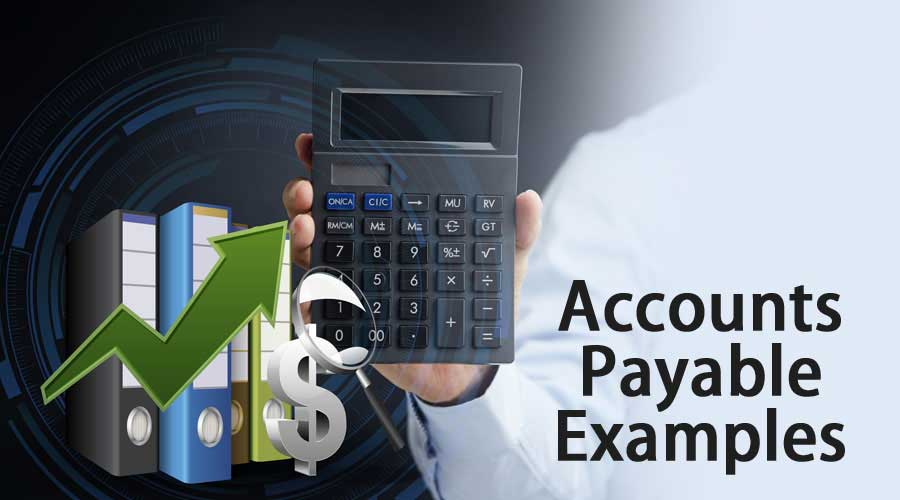
In order to make a profit on every good or service sold, you want to charge a price that’s a percentage above how much it costs (manufacturing, packaging, etc.). Markup percentage and gross profit margin (or gross margin) are related concepts that measure the same thing in different ways. While markup percentage expresses gross profit (revenue minus cost) as a percentage of the cost, gross profit margin expresses gross profit as a percentage of the price. In other words, the markup percentage answers the question, “How much higher is the price than the cost, percentage-wise? ” while the gross profit margin addresses the question, “What fraction of the price is gross profit?
The two metrics are sometimes confused, but there is quite the difference between markup and margin. Whereas the markup is the percentage difference between your costs and your revenue, the margin is the percentage difference between your profits and your revenue. Markup is useful when you need to estimate how much you are charging over costs, while margin is useful to estimate what proportion of your revenue ends up as profit (net income). Both input values of the equation are in the relevant currency while the resulting markup is a ratio which can be converted to a percentage by multiplying the result by 100. This markup percentage formula and its derivatives are the basis of our tool. Knowing your markup, markup percentage and profit margin numbers are the best way to ensure your business is profitable.

Further, you have a tendency to assume that both margin and markup are the same. A pen manufacturer sells you as a retailer a box of pens at the rate of $1.50 per pen. Hypothetically, let’s say that the retail store from the prior section sold 100,000 units in one month. Next, we’ll assume that our hypothetical company sold 1,000 units of its product in a specified period. Your markup is not based on how many people you employ, what city, county, parish, state, province or country you work in, or your company structure. It isn’t based on whether you’re doing specialty work, or remodeling, or if you build new homes.
Markup Based On Selling Price
The gross profit equals $2 million, which we calculated by subtracting the COGS from the product revenue (and the gross margin is thus 20%). Suppose a retail store sells its products for an average selling price (ASP) of $100.00 each. In order to make the markup price metric more practical, the markup can be divided by the unit cost to arrive at the markup percentage. In a construction-related business, your markup should be calculated at least once a year. Throughout the year, it needs to be reviewed and revised at least quarterly, especially if your overhead expenses have changed or your sales are coming in significantly above or below what you projected.
- You could have cost and price as separate numbers that you input into your spreadsheet or inventory management software, but it’s much easier to have them linked in the long run.
- Anticipated sales volume is a significant factor in markup as well.
- For example, if your cost of goods sold is $10 and your sales price is $12, your markup and gross profit are both $2 when expressed in dollars.
- Expressed in this way, you can see that margin and markup are two different perspectives on the relationship between price and cost.
- They’re like two sides of the same coin, so using them together can be even more powerful.
To calculate the markup percentage subtract the cost price from the sale price and divide the result by the cost price, then multiply by 100 to get the percentage. Markup is helpful when first establishing an item’s price as it ensures that direct costs are covered. It’s also an easy approach to reevaluating and resetting prices, especially if costs fluctuate. Where markup falls short is that it doesn’t tell you whether the additional amount will be enough to sustain a company when considering all the costs of running the business. KMR Industries’ markup percentage is ($5 – $2.85) / $2.85, or 75%, which means that the selling price is 75% more than the cost to make the product.
Getting to grips with margin vs mark up in relation to your business is vital. Do the maths wrong and you may end up out of pocket without realising it. Get it right, and you’ll improve your profit and grow your recruitment business.
The Importance of Understanding Markup
A strong brand can command a higher price and a higher markup even though its cost might be more substantial. Download our FREE guide, Price to Sell … & Profit, to start setting prices that are based on data. Going back to KMR Industries’ single product, the markup would be $2.15 ($5 – $2.85). Take your learning and productivity to the next level with our Premium Templates. Our online calculators, converters, randomizers, and content are provided “as is”, free of charge, and without any warranty or guarantee. Each tool is carefully developed and rigorously tested, and our content is well-sourced, but despite our best effort it is possible they contain errors.
The Mathematics of Gambling:. Probability, Psychology, and the … – DataDrivenInvestor
The Mathematics of Gambling:. Probability, Psychology, and the ….
Posted: Tue, 01 Aug 2023 07:00:00 GMT [source]
You as a business entity commonly use Cost plus pricing strategy. It is a simple approach that you use to determine the selling price of your retail product. Sales Revenue is nothing but the money you earn through selling goods and services. Whereas, cost of goods sold means the cost or the expenses incurred in manufacturing those products or services. Using an alternative approach, the markup percentage can be calculated by taking the gross profit and dividing it by the cost of goods sold (COGS). The next step is to convert our markup price to the markup percentage metric by dividing the markup price by the unit cost, which comes out as a markup of 25%.
Your profit
You can think of markup as the extra percentage you charge your customers (on top of your cost). The acceptable range of markups can be different from industry to industry because they’re based in part on what customers are willing to spend. The pricing strategies of your competitors can also play an important role. You need to know how to calculate markup if you want to do strategic pricing. Strategic pricing helps you to set an attractive price to maximize your profit. Read on to learn what is markup, find out how to calculate it, and see examples of markup pricing.
With the markup percentage formula, you can get an idea of how much profit you will make. You can also see how many products you need to sell to meet your goals. Many business owners can’t help but think about margin when talking about markup. You can use both markup and margin to determine prices and measure a product’s profitability. If you know only the cost and the profit, simply add the two together to get the revenue, then substitute in the same equation.
A company with many products would conduct both analyses to better understand which products contributed more – or less – to its total profitability. Markup percentage should be viewed in context with other metrics. A big markup percentage might indicate that a business is very profitable — but not if its sales are low.
Gross Profit Margin Formula
That is, neither too high nor too low as against your competition. Let’s take an example to understand the calculation of the Markup Percentage formula in a better manner. Is it ever difficult to pay all your bills at the end of each month? If you answered yes to any of those questions, you aren’t charging enough for your work. Get your markup where it needs to be and you’ll answer NO to each of those questions.
Simply enter the cost and the other business metric depending on the desired output and press “Calculate”. You can copy/paste the results easily using the clipboard icon next to each value. Compare assets and liabilities of your business with our free template.
In business, markup is the ratio between the cost of a good or service and its final selling price. Known also as a markup rate, it is usually expressed as a percentage increase over the cost. There is markup in every transaction as this is the sum from which the producer or reseller needs to cover their costs of doing business as well as create a profit. Usually when calculating the markup one takes as cost the total amount of fixed and variable expenses to produce and distribute the product or service. For example, in retail businesses the markup is calculated as the percentage difference between the retail price, also known as the markup price, and the wholesale price.
Markup Calculation Example
Though the inputs for both gross profit margin and markup will be the same (revenue and cost), the formulas used for these metrics are different. Shopify’s easy-to-use profit margin calculator can help you find a
profitable selling price for your product. Similarly, seasonality also impacts your profit margins over the year. In addition to this, market factors like substitutability of your product also impact markup percentages and margins for your product. Let’s consider an example to understand how to calculate average retail markup percentage using markup percentage formula. Finally, it should be a price that your customers are willing to pay.
- However, it may not result in any money till the time you sell such retail items.
- All you’ll need to do is plug in the cost and your preferred markup percentage, and the calculator will generate the selling price for you.
- Hypothetically, let’s say that the retail store from the prior section sold 100,000 units in one month.
- Depending on the shipping carrier you use, the shipping speed, and whether you add insurance can make those costs vary wildly.
- So the wise staff at Archon Optical will want to make sure that they constantly adjust prices to reflect the increase in cost.
Do its gross margins and product markups position it for profitability over the long haul? These are fundamental questions whose answers can make or break a business – but far too many business owners and managers take them for granted. Markup percentage is calculated by dividing an item’s gross profit by its cost, where the gross profit is the item’s price (or revenue) minus the cost to produce the item or purchase it for resale.
Keep that in mind when interpreting the results from the calculator. Larger profit margins (over 50%) means you are making more money on every service or product sold. That means more money for you to invest back into your business.
An important consideration when evaluating margin and markup is the implicit cost. The markup and margin formulas above include the explicit costs, but do not factor in the opportunity cost. Suppose it costs a company $100 to produce a widget and, using the cost-plus pricing model, the company wants to sell that widget with a 25% markup.
Even if math isn’t your strong suit, this tool makes it easy for you to stay Calculate markup on top of your numbers and take your accounting into your own hands.
